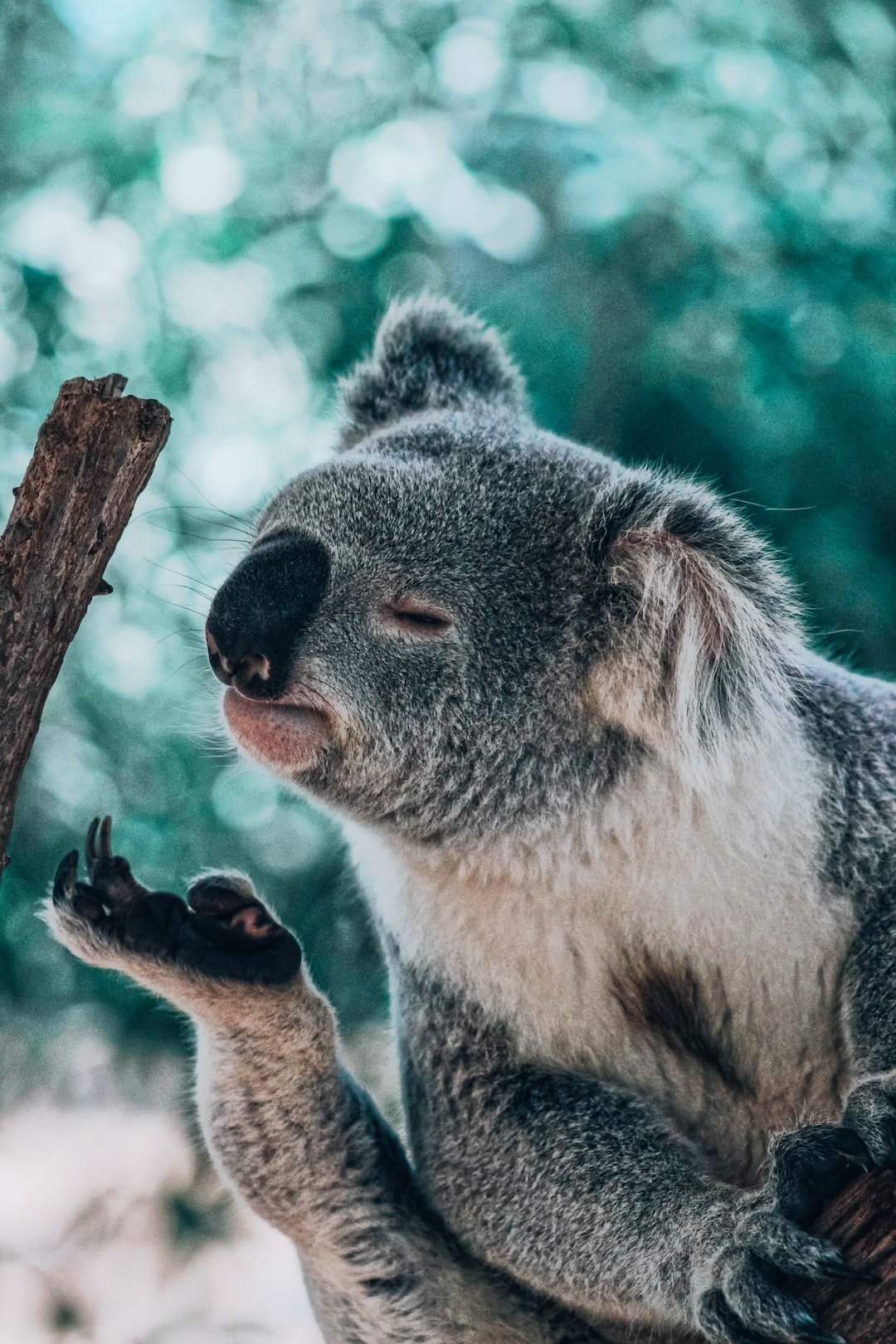The Evolution of Domesticated Animals: From Wild to Companions
Throughout history, humans have formed unique and mutually beneficial relationships with various animal species. From hunting for survival to becoming loyal companions, the evolution of domesticated animals has had a significant impact on our lives. This evolution is a testament to the adaptability and intelligence of both humans and animals.
The first h umans began domesticating animals around 10,000 years ago. They found that by taming wild animals, they could harness their abilities for their own benefit. Dogs were among the first animals to be domesticated, initially used for hunting and guarding. These early dogs were likely descendants of wolves, and selective breeding gradually led to the vast array of dog breeds we have today. Domestication allowed humans and dogs to form a unique bond, and it is believed that this bond was crucial for the eventual development of agriculture and settled societies.
Apart from dogs, other animals such as horses, cows, sheep, and goats were domesticated for their usefulness in agriculture and transportation. Horses revolutionized warfare and trade, while cows, sheep, and goats provided humans with a stable source of food. These animals were selectively bred for specific traits, resulting in the diversity of breeds we see today.
However, not all domestication was driven solely by utilitarian purposes. Animals were also domesticated for companionship, such as cats. The ancient Egyptians revered cats for their ability to protect crops by hunting rodents. Over time, cats became treasured as companions, with their mysterious allure captivating humans.
The process of domestication involves gradual changes in both the physical and behavioral traits of animals. As humans selectively bred animals for specific traits, such as docility or productivity, these traits became more prevalent in subsequent generations. This tameness and adaptability were essential for animals to integrate into human societies seamlessly.
The evolution of domesticated animals is an ongoing process. While some domesticated animals have retained much of their wild characteristics, others have become completely reliant on humans for survival. This is particularly true for certain dog breeds that may struggle to survive in the wild due to their physical features or behavioral traits.
As our understanding of animal behavior and genetics continues to advance, so too does our ability to maximize the benefits of domestication. From assistance animals to therapy animals, the roles that animals play in our lives continue to expand. The bond between humans and animals is undeniably complex, and it is this bond that has allowed animals to evolve from being wild creatures to cherished companions.
In conclusion, the evolution of domesticated animals is a testament to human ingenuity and the adaptability of animals. From their utilitarian roles in agriculture and transportation to their companionship, animals have become an integral part of our lives. The ongoing process of domestication continues to shape the traits and behaviors of animals as they adapt to their roles as our companions. It is through this connection that we can appreciate the rich history and the ever-evolving relationship between humans and domesticated animals.

